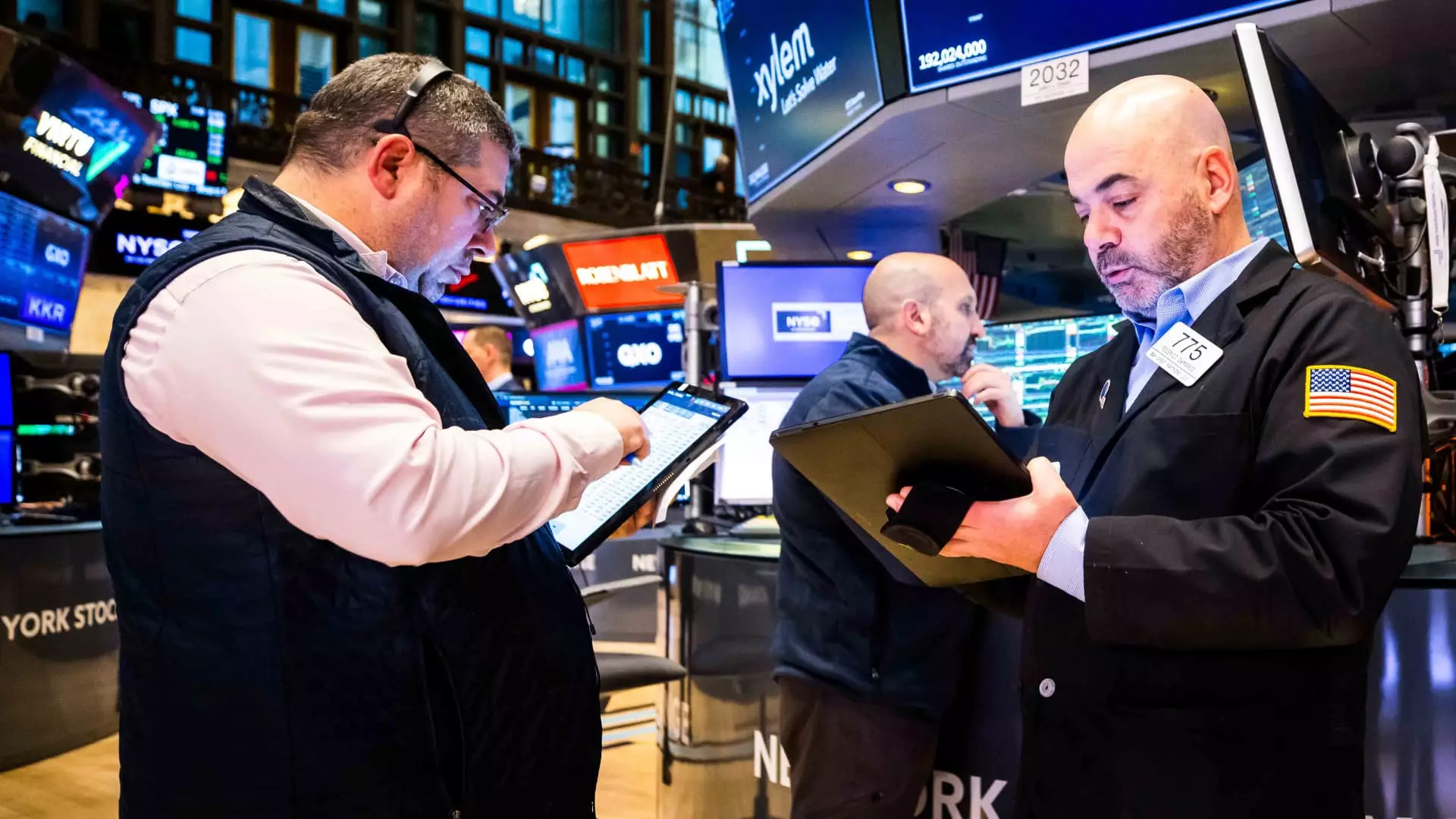Investing in the stock market is often perceived as a straightforward endeavor, particularly when it comes to selecting individual stocks that promise high returns. However, empirical evidence suggests a stark contrast to this belief. Research from S&P Global reveals alarming statistics indicating that the majority of active managers struggle to outperform their benchmarks. In reality, 73% of active managers fail to exceed their benchmarks after just one year, and an unsettling 95.5% continue to fall short after five years. This raises significant concerns about the efficacy of active management strategies in a market that already presents a multitude of challenges.
The constraints faced by active managers exacerbate the issues of stock picking. Renowned investment veteran Charles Ellis emphasizes this struggle, advocating for the merits of index investing over active management approaches. He argues that the proliferation of managers in the active space dilutes talent, creating an environment where the collective prowess of active managers cancels itself out. This paradox highlights the difficulty of gaining a competitive edge in a market increasingly dominated by sophisticated algorithms and advanced technologies.
Moreover, the influx of capital into passive funds, including index funds and ETFs, has raised concerns among active investment professionals. They fear the growth of these vehicles could render active management obsolete. While Ellis counters this claim, insisting that the enthusiasm for active management remains strong, he acknowledges the challenges active managers face in achieving superior returns in an environment where data and technology levels the playing field.
Dave Nadig, an authority on ETFs, supports Ellis’s observations, noting that active management funds have seen unprecedented inflows recently. However, despite the positive sentiment surrounding active strategies, the stark reality is that passive investments are capturing a larger share of market flows. This trend can be partly attributed to the preferences of individual investors, many of whom gravitate toward simplistic investment options that promise market returns without the complexities of stock picking.
This inclination toward passive investing is reinforced by the perception that sophisticated index funds are less risky and provide consistent performance over time. As Ellis articulates, the allure of indexing is its inherent simplicity and ability to reduce costs through lower fees, but it is crucial that investors remain vigilant against potential pitfalls, particularly in an expanding ETF marketplace.
Ellis warns of a burgeoning market for specialized ETFs that cater more to sales pitches than investors’ needs. This trend raises concerns regarding excessively narrow investment strategies that may put investors at risk of unanticipated volatility. Furthermore, the rise of leveraged ETFs, which offer the potential for amplified gains, also carries the risk of substantial losses—something that current and prospective investors must navigate carefully.
Nadig emphasizes that while active management is achievable, the task of consistently outsmarting the market is disheartening—much to the detriment of those striving for excellence in this field. The overwhelming advantage technology presents has shifted the nature of competition among traders, making it increasingly challenging for any one individual to outpace others cumulatively applying similar resources.
In summation, the stock-picking landscape is one fraught with complexity and formidable challenges that cannot be overlooked. While the allure of active management remains, the reality is that a significant proportion of active managers underperform in comparison to their benchmarks. Investors are advised to confront these misconceptions and remain aware of the evolving dynamics within the investment space. It is imperative to consider strategies that align with personal objectives, risk tolerance, and the broader market environment. Investing is not only about the pursuit of returns but also about understanding the complex interplay of risk, opportunity, and market forces that shape the future of finance.

